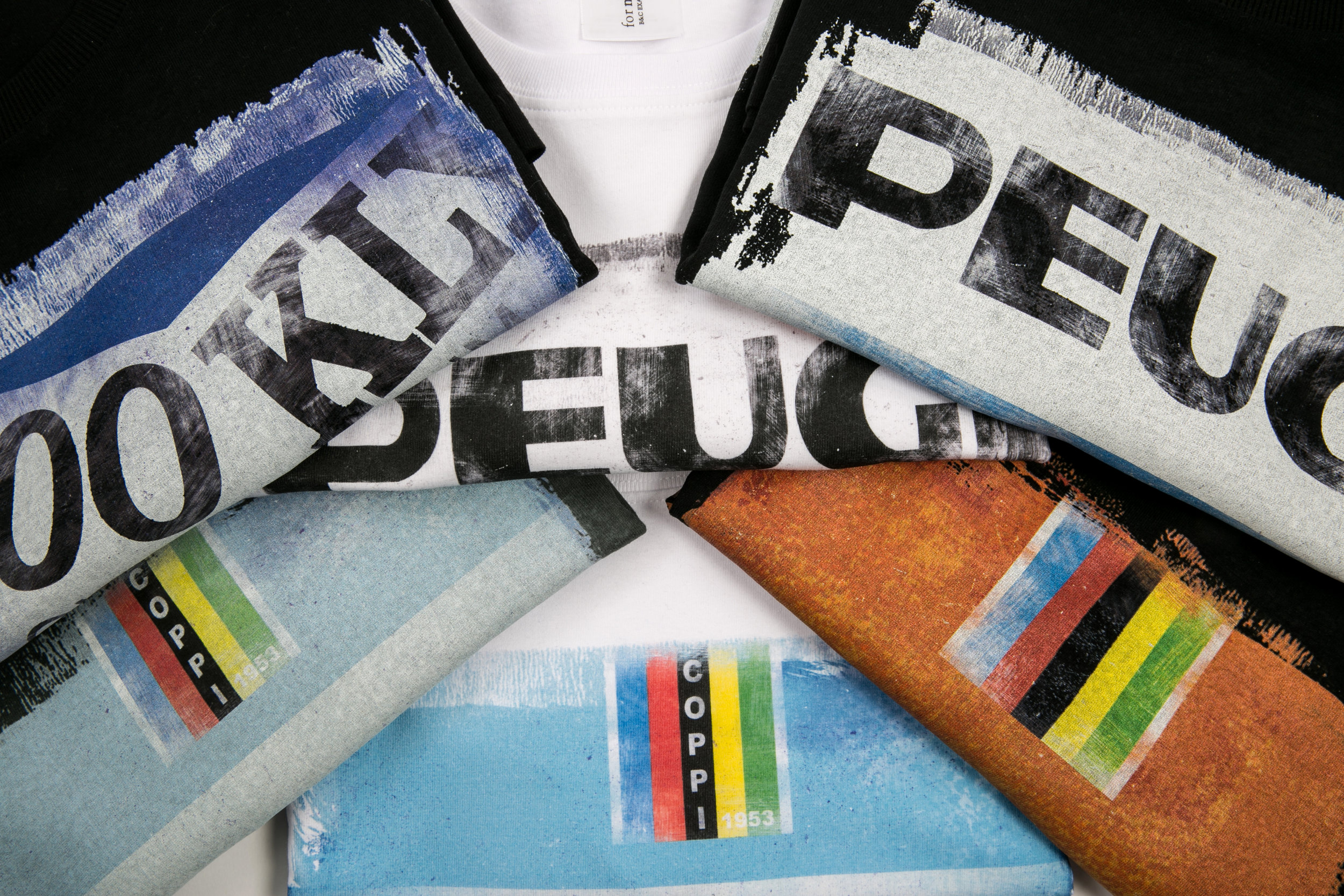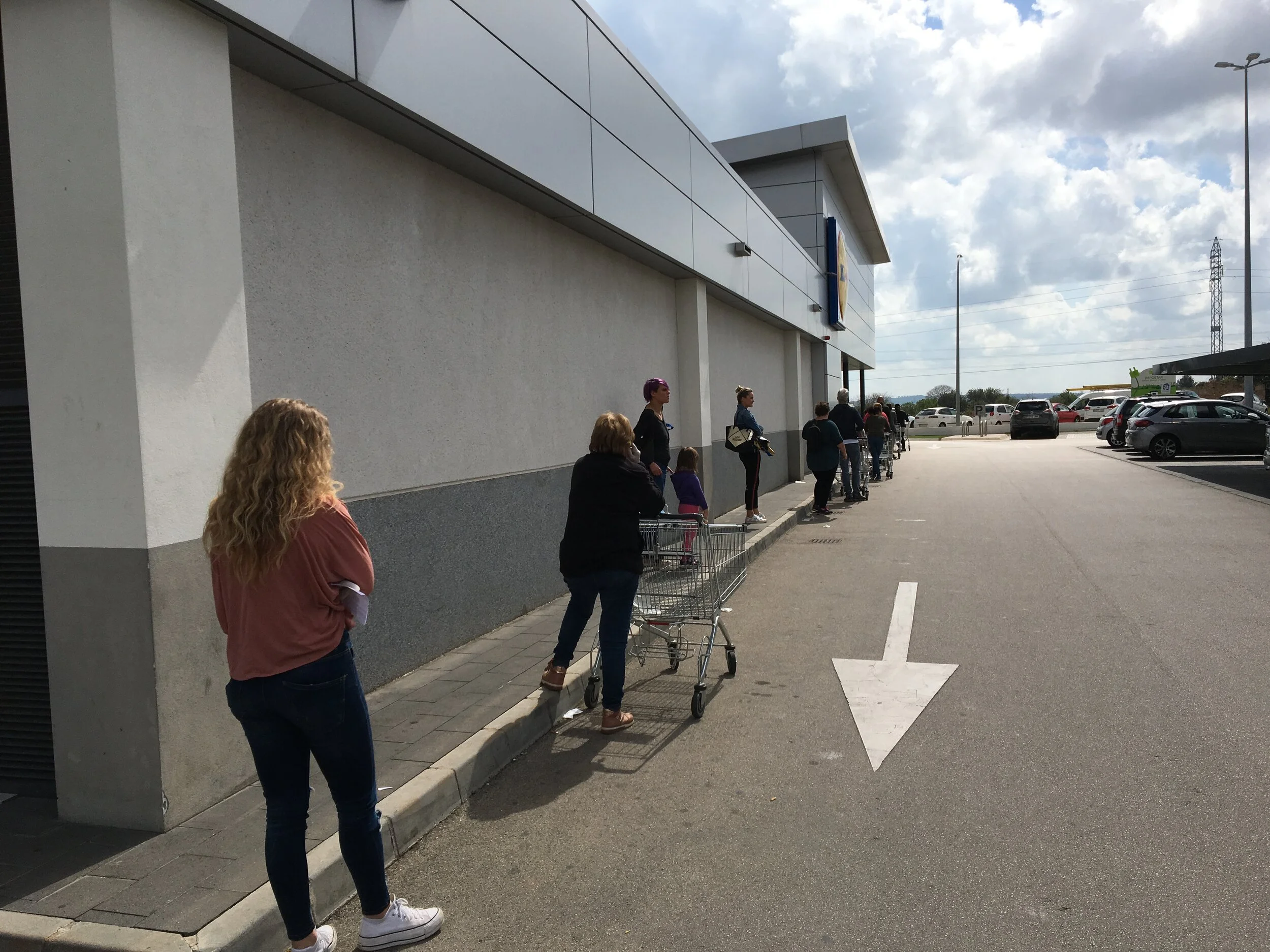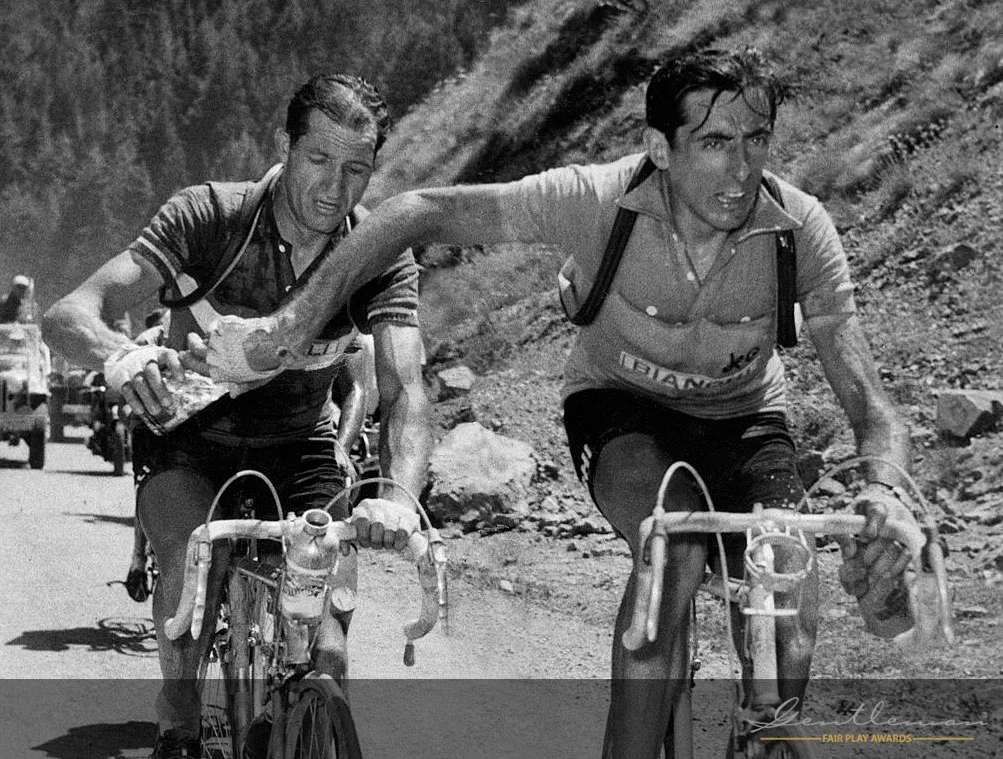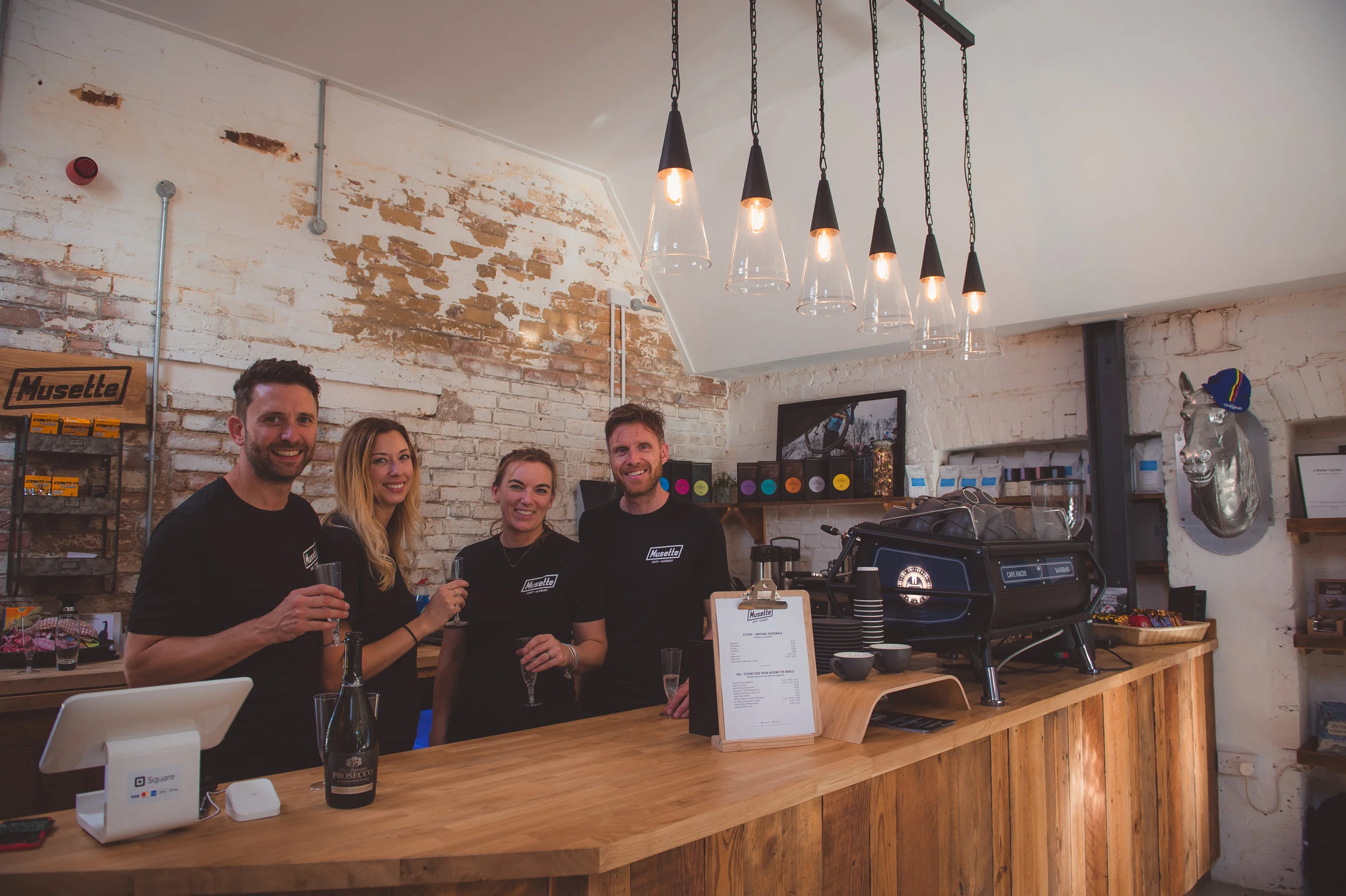The story of Brompton Bikes is one of those heart-warming tales of one man’s obsessive drive, determination and belief in himself and his invention. It’s one of triumph over adversity. The funny-looking folding bike that was born in a bedroom in South Kensington is now a British manufacturing success story and design icon. Ride Velo went to their new factory in Greenford to find out more about what has been described as the best folding bike in the world.
Brompton was the brainchild of Cambridge engineering graduate Andrew Ritchie. Speaking to the Observer in 2005 he described himself as someone with “a taste of doing things on my own.” His early career as a computer programmer didn’t work out and he found himself, in the early 1970s, running a landscape gardening business. “It was neither a success nor a catastrophe. It just broke even for five years.”
One of the early designs
All that changed when he met Bill Ingram, the inventor of the Bickerton bike. While this aluminium folding bike broke new ground, Ritchie thought he could do even better and he became obsessed, almost immediately, with building a prototype of his own. From his flat overlooking Brompton Oratory (hence the bike’s name) he began assembling three models when he managed to persuade 10 friends to part with £100 each. It was, “a real mess with swarf and bits and pieces all over the place.”
Andrew Ritchie in the early days
From that he was able to get further investment from individuals, making 50 bikes over a year and a half, all of which were sold. Then came a decent injection of £8000 and he and one employee produced a further 500 bikes over two years. The big change in fortunes came about in 1988 when, with the help of Julian Vereker, founder of hi-fi maker Naim, he raised £50,000 in equity and Brompton set up a factory under a railway arch in Brentford. While it was a profitable business from the off, “Everything that could go wrong did. When something went right, it was a cause for celebration.”
The first factory
Demand outstripped the factory’s capacity and they soon moved to larger premises in Chiswick to meet it. While Ritchie was the brains and driving force behind the bike, he acknowledges that “I’m not a model businessman.” By 2005, he decided to take a step back from the business side of things and Will Butler Adams took over as CEO. “Will recognised that there was a much bigger market not being satisfied.”
Brompton Bikes now has a staff of 240 people that make over 45,000 bikes a year and is the largest bike manufacturer in the UK. 80% of its handmade bikes are exported to 44 countries in over 1,300 bike stores around the world. The enormous, modern state of the art factory space in west London that they have just moved to was officially opened by the Duke of Edinburgh in November last year.
Walking around the factory floor the overwhelming impression is that this is more of an artisan than a mass-produced product. Despite a new Brompton Bike coming off the production line every 3 and a half minutes every one of the 1200 parts is put together by hand.
It takes 18 months to train to be a brazer
The brazers job is highly skilled, taking 18 months of training, as they weld the 33 pieces of shaped and cut steel tubing with bronze at a temperature of 1,000 degrees centigrade. Each brazer has their own individual style and they stamp their initials onto each frame. It’s an intense and precise job that demands focus and concentration even for the experienced brazer - it takes about four hours to put the skeleton of the bike together in this way.
Frames hang up ready to be painted
After being painted, the pieces go to a 28 person production line. Staff move to a different station each day so they’re not always repeating the same jobs. Even here, the pressure is on as each bike needs to move to the next station after three and a half minutes. If one person is too slow, the whole line is held up. Meanwhile a target board keeps the workers on track.
The lacquer finish is a popular design
Starting with the main frame colour, each customer can decide what kind of gears, handlebars, tyres, lights, saddle, luggage and accessory options they want. The number of configurations any Brompton can have is mind-boggling. Each individual bike has a docket attached, instructing the worker which parts to put together.
The production line
What’s even more remarkable is that 80% of the componentry of these bikes is designed and made by Brompton. Even the machinery to make these parts, like the special press to bend the top tube into that unique shape, has been bespoke made.
Stairs lead up to a recreation area
One would expect a factory like this to be noisy and dirty, but it is, in fact, a calm, reasonably quiet, airy and bright environment to work in. There is an upstairs relaxation area with a bar area, table tennis and table football, with deckchairs to relax in on breaks. It’d make a great space for a party.
Brompton hope to be producing 100,000 bikes a year in their new state of the art factory. But, even though the basic design principles have stayed the same since their inception in that South Ken flat, they’re still pushing the boundaries as they release their e-bike later this year. Ultimately the Brompton was born out of a search for a personal transport solution, allowing people to rethink and adapt their journeys at will.
Their philosophy is to create a product “that increases people’s sense of independence and freedom in urban spaces,” and one can see that the their new e-bike is going to go even further to help us achieve that.
A special edition
In the meantime I have the enviable pleasure of trialling a traditional model for the next few weeks. I’m already a dab hand at folding and unfolding it and am taking circuitous routes to each of my destinations with a massive grin on my face. Full report to follow soon!





































































